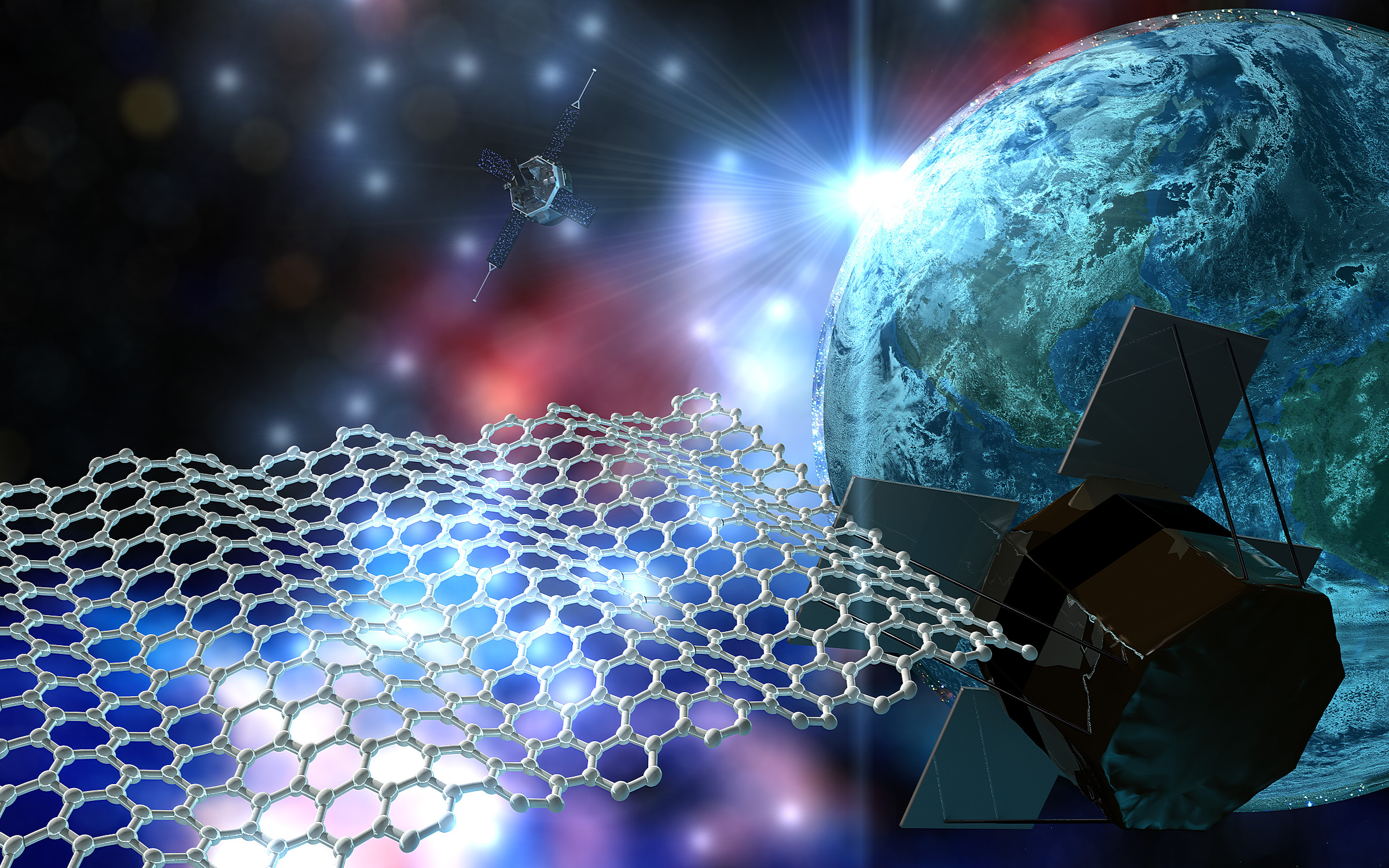A team of researchers, the TU Delft GrapheneX-team, is preparing an experiment to test graphene in space-like zero-gravity, for potential future use as a light sail in space-craft propulsion, such as for Starshot (article Volkskrant May 27th 2017, in Dutch).
The GrapheneX team successfully submitted their experiment proposal to ESA Education’s Drop Your Thesis! Programme in October 2016. The team will travel to Bremen, Germany between 6-17 November 2017 to perform their experiment at the 146 m ZARM Drop Tower.
 Propelling without fuel
Propelling without fuel
Light sails can be used in space as a method of propelling spacecraft using light from the sun or from Earth-based lasers. When light is reflected from or absorbed by a surface, it exerts a force that pushes the surface away from the light source. This radiation pressure can be used to propel objects in space without using fuel or gases. However, the thrust generated by radiation pressure is very low. For effective propulsion, the light sail must have a large surface and be as light as possible. Graphene is very light and strong, and could be a good candidate for solar sails. The GrapheneX team plan to investigate how graphene could work as a light sail in an experiment that simulates the low-gravity and high-vacuum conditions of space. The sails to be tested by the GrapheneX team are graphene membranes, supplied by Graphene Flagship partner Graphenea. The radiation pressure from shining high-power laser light onto the graphene membranes will should cause the sails to move approximately 2 mm. This displacement will be measured with a simple microscope to determine the thrust on the graphene sails. The team plan to use different colours of laser light, to investigate the exact mechanism of how momentum is transferred to the graphene from light.
Rise and Fall
At the ZARM Drop Tower, the experiment – including graphene sails, lasers and cameras – will be loaded into a capsule and catapulted the height of the tower. Inside the tower, vacuum conditions allow the capsule to rise and fall without friction or air resistance, so that the capsule experiences apparent weightlessness down to one-millionth of the Earth’s gravitational force. As the capsule accelerates, the graphene sails will be released into almost gravity-free free-fall. At this point, the laser will be allowed to shine onto the graphene chip, and the pressure generated by the laser falling onto the graphene will be detected. A key challenge of this experiment is automating the experiment procedures to initiate and record the results in the 9.3 seconds of free fall. This experiment is supported by the TU Delft Space Institute, ESA Education, and the Graphene Flagship.